The MacBook Air M1 has taken the world by storm since its release, offering an incredibly powerful performance with Apple’s first silicon chip, the M1. But despite its popularity, there are still many hidden features that even the most experienced users may not know about. If you’re looking to fully maximize your MacBook Air M1, here are 10 hidden features that will blow your mind and enhance your overall experience with this sleek, powerful machine.
1. Instant Wake from Sleep
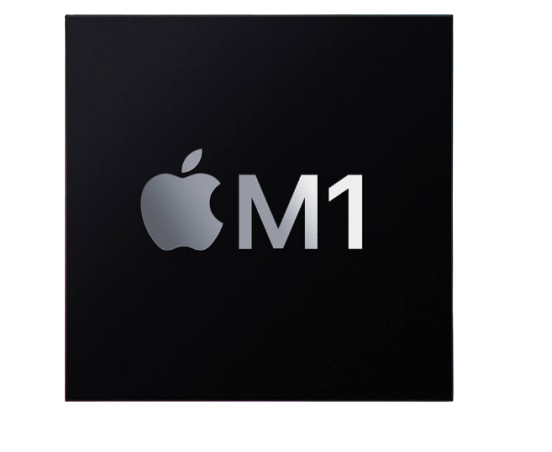
One of the most impressive features of the MacBook Air M1 is its ability to wake up instantly from sleep. Unlike previous Intel-powered Macs, which required a few seconds to boot up, the M1 MacBook Air wakes up almost immediately, thanks to the new architecture and optimization of the M1 chip. This feature is a game-changer for users who rely on quick access to their work without having to wait for the system to load.
2. Apple Silicon Efficiency
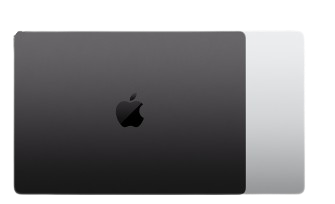
While the M1 chip is widely known for its raw performance, it’s also exceptionally efficient. The MacBook Air M1 doesn’t just run faster but also uses far less power, which translates to significantly longer battery life. Clients can expect as long as 15 hours of web perusing and 18 hours of video playback on a solitary charge. This means you can work, stream, or browse for longer periods without the need to constantly recharge.
3. Universal Control
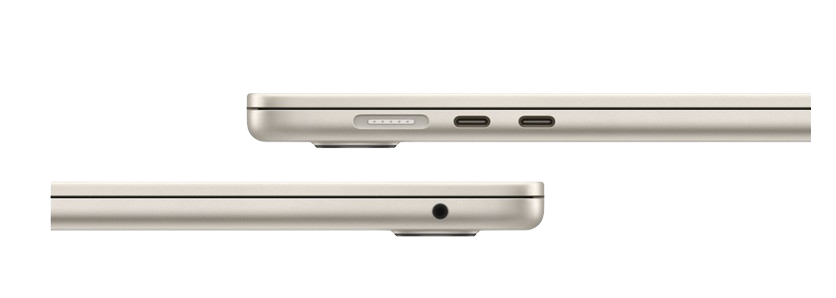
The MacBook Air M1 supports Universal Control, a hidden feature that allows you to control multiple Apple devices seamlessly with a single mouse or trackpad. You can move your cursor between your MacBook Air and an iPad, and even drag and drop files from one device to the other. This feature makes multitasking between devices incredibly efficient and easy.
4. Touch ID for Password Autofill
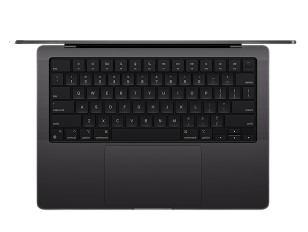
With Touch ID, the MacBook Air M1 adds an extra layer of security to your device. But did you know it can also be used to autofill passwords in apps and websites? By securely storing your passwords in iCloud Keychain, you can use your fingerprint to log in to websites, apps, and even authenticate payments, making it more convenient than ever to access your accounts.
5. QuickNote for Instant Note-Taking
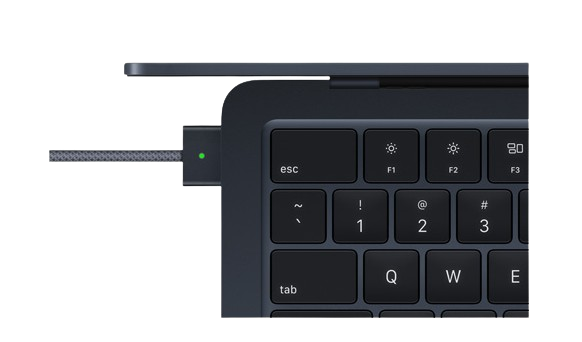
A hidden gem for productivity lovers is QuickNote, which lets you instantly create a note no matter what app or webpage you’re in. Simply swipe from the corner of your screen to activate QuickNote and jot down your thoughts or ideas. You can even add highlights and annotations to documents or websites and access them later through the Notes app. It’s perfect for those who need to capture ideas on the fly.
6. Optimized Storage Management
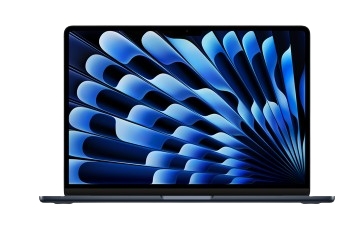
If you’re concerned about storage space, the MacBook Air M1 has a fantastic built-in storage management system that helps you optimize and manage your disk space more effectively. The system automatically stores less frequently used files in iCloud and allows you to free up storage without losing your important data. You can even see which files take up the most space and decide whether to delete or move them to external storage.
7. The M1 Chip’s Neural Engine

The M1 chip features a Neural Engine that enhances tasks involving machine learning, such as image recognition, speech processing, and data analysis. This technology accelerates certain apps and workflows, making them faster and more efficient. For instance, apps like Photos use the Neural Engine to organize and categorize your photos more accurately, while Safari uses it to enhance privacy and security features.
8. Spatial Audio for Immersive Sound
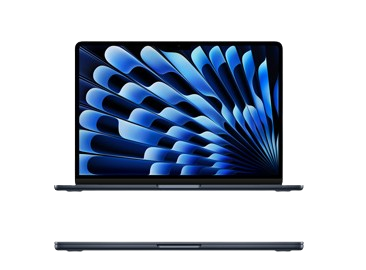
With macOS Monterey and the MacBook Air M1, you can experience Spatial Audio when listening to music or watching movies. This feature uses dynamic head tracking to provide an immersive, 3D audio experience. Whether you’re watching a movie on Apple TV+ or listening to a playlist, Spatial Audio delivers a richer, more engaging sound experience, especially when using AirPods Pro or AirPods Max.
9. AirPlay to Mac
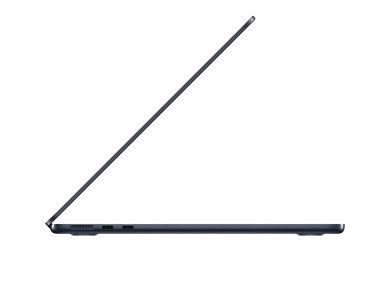
A surprising but powerful feature that the MacBook Air M1 supports is AirPlay to Mac. This allows you to stream content from your iPhone, iPad, or another Mac to your MacBook Air’s screen. Whether you want to show off photos, play a video, or share a presentation, this feature makes it easier to use your MacBook Air as a secondary display. It’s particularly useful in collaborative settings or for giving presentations without the need for an external projector.
10. Integrated iPhone and iPad Apps
Thanks to the M1 chip’s architecture, the MacBook Air M1 can run many iPhone and iPad apps natively on macOS. This is a hidden feature that significantly broadens your app options, from games and social media apps to productivity tools and health tracking. Simply download the iOS apps from the Mac App Store, and you can enjoy the full functionality of your favorite mobile apps right on your MacBook Air.
Conclusion
The MacBook Air M1 isn’t just a stunningly powerful and efficient laptop – it’s packed with hidden features that make it a versatile tool for work, play, and everything in between. From the instant wake feature to the seamless Universal Control and Spatial Audio, there’s much more to this device than meets the eye. By unlocking these hidden gems, you can enhance your productivity, boost your security, and enjoy an even better overall user experience.
So, if you’ve just got your MacBook Air M1 or are thinking about upgrading, make sure to explore these features. They’ll help you get the most out of your machine and make your daily tasks faster and more efficient.
FAQ – 10 Hidden Features of the MacBook Air M1
1. What is the M1 chip in the MacBook Air?
The M1 chip is Apple’s custom silicon processor planned explicitly for Macintosh gadgets. It offers better performance and energy efficiency compared to Intel processors. With a combination of high-performance cores, high-efficiency cores, and a dedicated Neural Engine, the M1 chip enables faster speeds, longer battery life, and seamless integration between hardware and software.
2. How much battery life can I expect from the MacBook Air M1?
The MacBook Air M1 offers remarkable battery life, with up to 15 hours of web browsing and 18 hours of video playback on a single charge. This is thanks to the M1 chip’s energy efficiency, making it one of the longest-lasting MacBooks on the market.
3. Can I run iPhone and iPad apps on my MacBook Air M1?
Yes, the MacBook Air M1 supports running many iPhone and iPad apps natively through macOS. You can download these apps directly from the Mac App Store and use them just like you would on an iOS device, expanding your options for productivity, entertainment, and more.
4. What is Universal Control, and how does it work?
Widespread Control permits you to control numerous Mac gadgets — like a Macintosh and an iPad — utilizing a solitary mouse and console. You can move your cursor seamlessly between devices, drag and drop files, and even copy and paste between them. It’s a great tool for users who work across different Apple devices.
5. How does the Instant Wake feature work on the MacBook Air M1?
Thanks to the M1 chip, the MacBook Air M1 has instant wake functionality. This means the laptop wakes up almost instantly from sleep mode without the delay typically associated with Intel-based Macs. Whether you’re resuming work or just unlocking the device, the response time is incredibly fast.
6. What is the Neural Engine, and how does it benefit me?
The Neural Engine in the MacBook Air M1 is a specialized processor designed for machine learning tasks. It speeds up operations like image recognition, voice processing, and even smart features in apps like Photos. It helps enhance the performance of apps that use machine learning, making tasks like photo organization and video editing faster and more accurate.
7. Can I use the MacBook Air M1 for gaming?
While the MacBook Air M1 is not marketed as a gaming laptop, it can handle casual gaming well, thanks to the M1 chip’s impressive graphics performance. You can play many games available on macOS, especially those optimized for Apple Silicon, but it may not perform as well as dedicated gaming laptops for resource-heavy games.
8. What is AirPlay to Mac, and how do I use it?
AirPlay to Mac allows you to stream content from an iPhone, iPad, or another Mac directly to your MacBook Air M1’s screen. This can include music, videos, photos, and even presentations. To use AirPlay to Mac, make sure both devices are connected to the same Wi-Fi network and select your MacBook Air as the destination when using AirPlay from another device.
9. What is QuickNote, and how does it improve productivity?
QuickNote is a feature that allows you to create notes instantly by swiping from the corner of the screen. Whether you’re browsing the web, using an app, or reading a document, you can quickly jot down thoughts, ideas, or annotations. These notes are saved in the Notes app and are easily accessible whenever you need them.
10. How does Touch ID work on the MacBook Air M1?
Touch ID on the MacBook Air M1 provides a secure way to log in to your device and authenticate various actions like making payments or autofilling passwords. It uses your fingerprint to unlock your Mac, log into websites, and even authorize app installations or purchases from the Mac App Store. It’s fast, secure, and convenient for everyday use.
11. Can I upgrade the RAM or storage on my MacBook Air M1?
No, the MacBook Air M1 does not have upgradeable RAM or storage. When purchasing the device, you need to choose the amount of RAM (up to 16GB) and storage (up to 2TB) you want, as these components are integrated into the M1 chip itself and cannot be upgraded after purchase.
12. Does the MacBook Air M1 support external displays?
Yes, the MacBook Air M1 supports external displays, but with a limitation. It can uphold one outer presentation with up to 6K goal at 60Hz. For users who need to connect multiple monitors, this may be a constraint, but it’s more than sufficient for many users who work with a single display setup.